OWL WT-1 User manual
Other OWL Measuring Instrument manuals

OWL
OWL +USB Installation guide

OWL
OWL FO-4V User manual
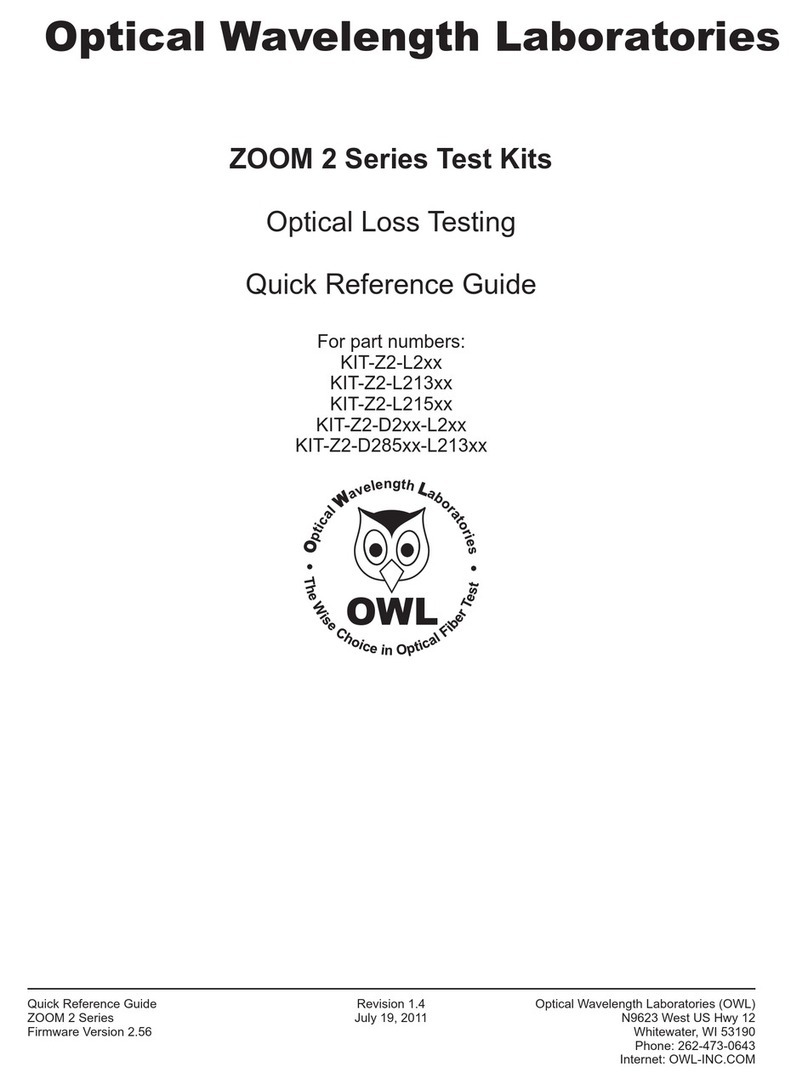
OWL
OWL KIT-Z2-L2 Series User manual

OWL
OWL Fiber OWL IIC+ User manual

OWL
OWL Micro OWL 2 Series User manual

OWL
OWL OWL User manual

OWL
OWL WaveTester Series User manual
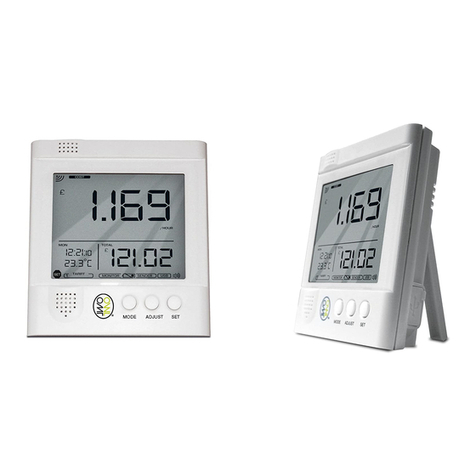
OWL
OWL +USB User manual
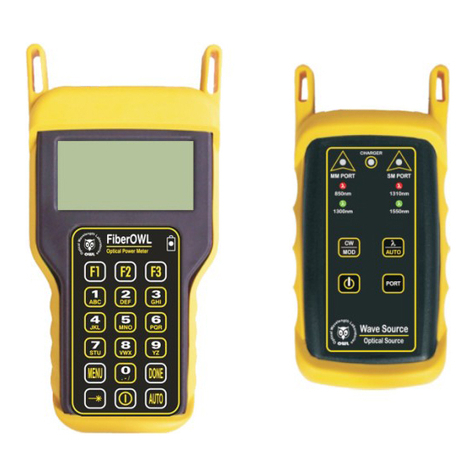
OWL
OWL KIT-FO4B-WSMDst User manual
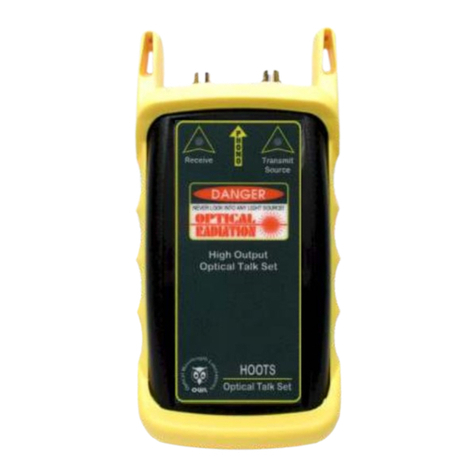
OWL
OWL HOOTS HO-850 User manual
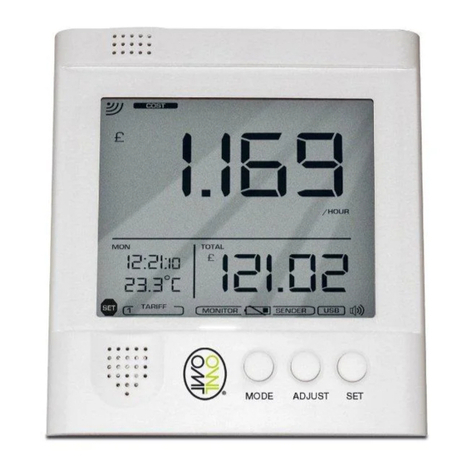
OWL
OWL OWL+USB Installation guide
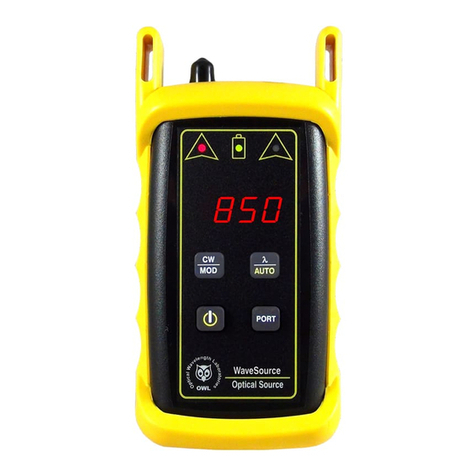
OWL
OWL WaveSource Series User manual
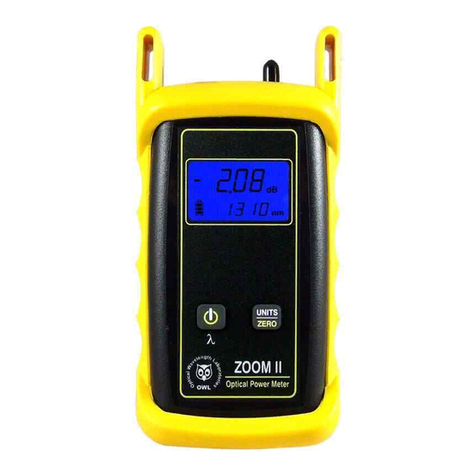
OWL
OWL ZOOM 2 Series User manual
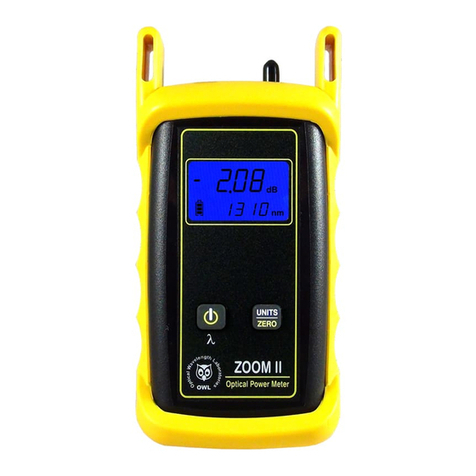
OWL
OWL ZOOM 2 ZO2 User manual
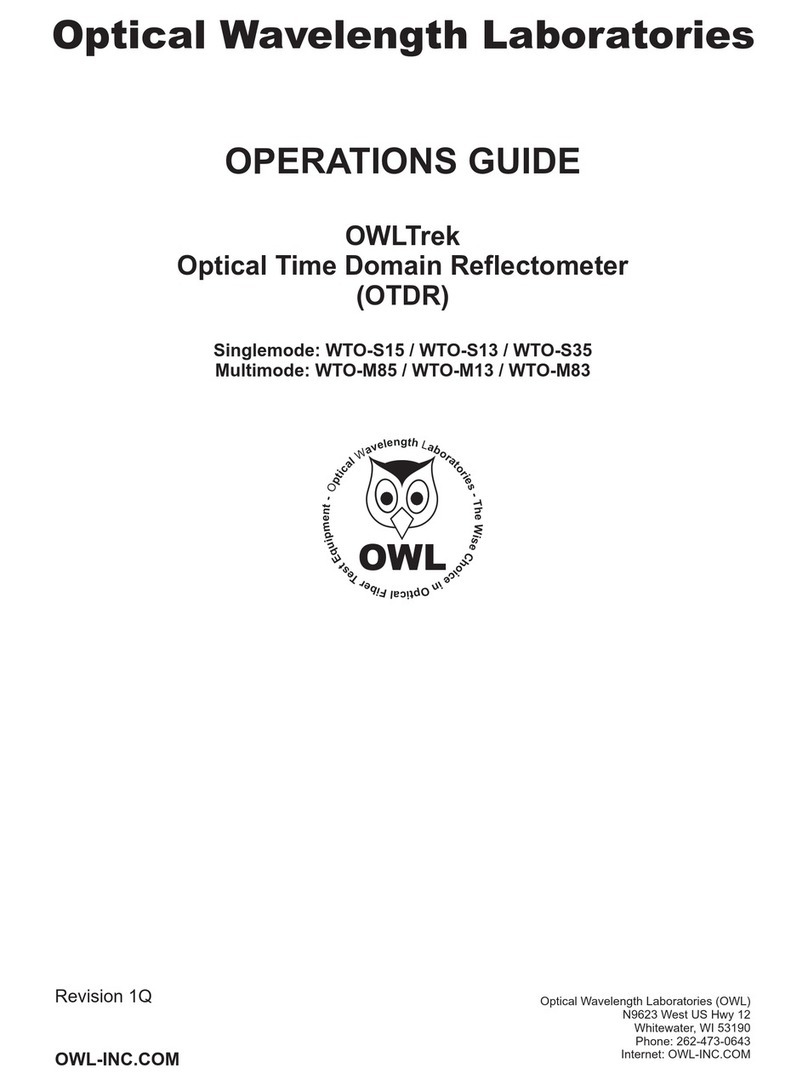
OWL
OWL OWLTrek WTO-M85 User manual

OWL
OWL 4 BOLT Series User manual
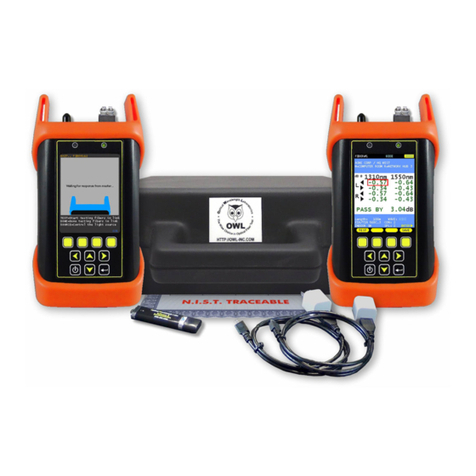
OWL
OWL F7BMS MM User manual
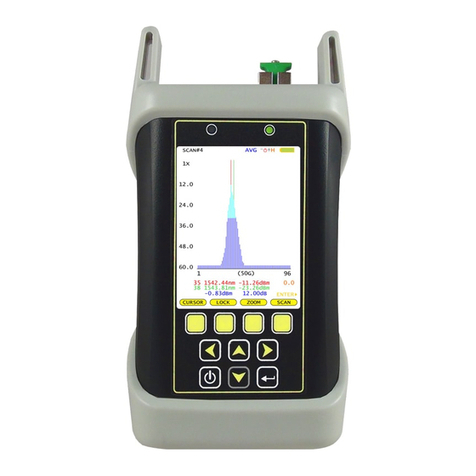
OWL
OWL OCM-C User manual

OWL
OWL Laser Hoots User manual

OWL
OWL Fiber OWL 7+ User manual
Popular Measuring Instrument manuals by other brands

Powerfix Profi
Powerfix Profi 278296 Operation and safety notes

Test Equipment Depot
Test Equipment Depot GVT-427B user manual

Fieldpiece
Fieldpiece ACH Operator's manual

FLYSURFER
FLYSURFER VIRON3 user manual

GMW
GMW TG uni 1 operating manual

Downeaster
Downeaster Wind & Weather Medallion Series instruction manual

Hanna Instruments
Hanna Instruments HI96725C instruction manual

Nokeval
Nokeval KMR260 quick guide

HOKUYO AUTOMATIC
HOKUYO AUTOMATIC UBG-05LN instruction manual

Fluke
Fluke 96000 Series Operator's manual

Test Products International
Test Products International SP565 user manual

General Sleep
General Sleep Zmachine Insight+ DT-200 Service manual


















